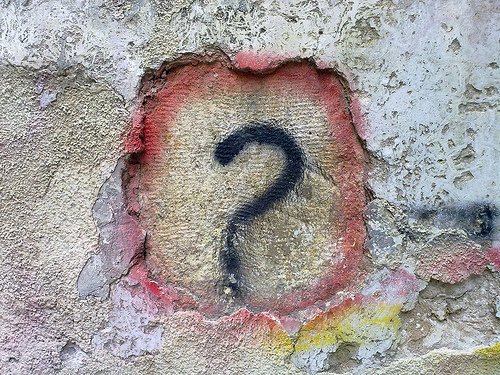 Chemical Engineering Journal has retracted a 2011 article from a group of researchers in Portugal after determining that the scientists made up their data.
Chemical Engineering Journal has retracted a 2011 article from a group of researchers in Portugal after determining that the scientists made up their data.
The clincher: According to the journal, the researchers did not possess the proper lab equipment to perform the study as reported.
The article, “Detoxification of high-strength liquid pollutants in an ozone bubble column reactor: Gas–liquid flow patterns, interphase mass transfer and chemical depuration,” appeared in August 2011 and was written by Rodrigo J. G. Lopes and Rosa M. Quinta-Ferreira, from the Group on Environmental, Reaction and Separation Engineering in the Department of Chemical Engineering at the University of Coimbra. The paper has been cited twice, according to Thomson Scientific’s Web of Knowledge, both times by the original authors.
Here’s what the abstract has to say about the work: Continue reading Second retraction for chemist from Portugal who forged names, data








